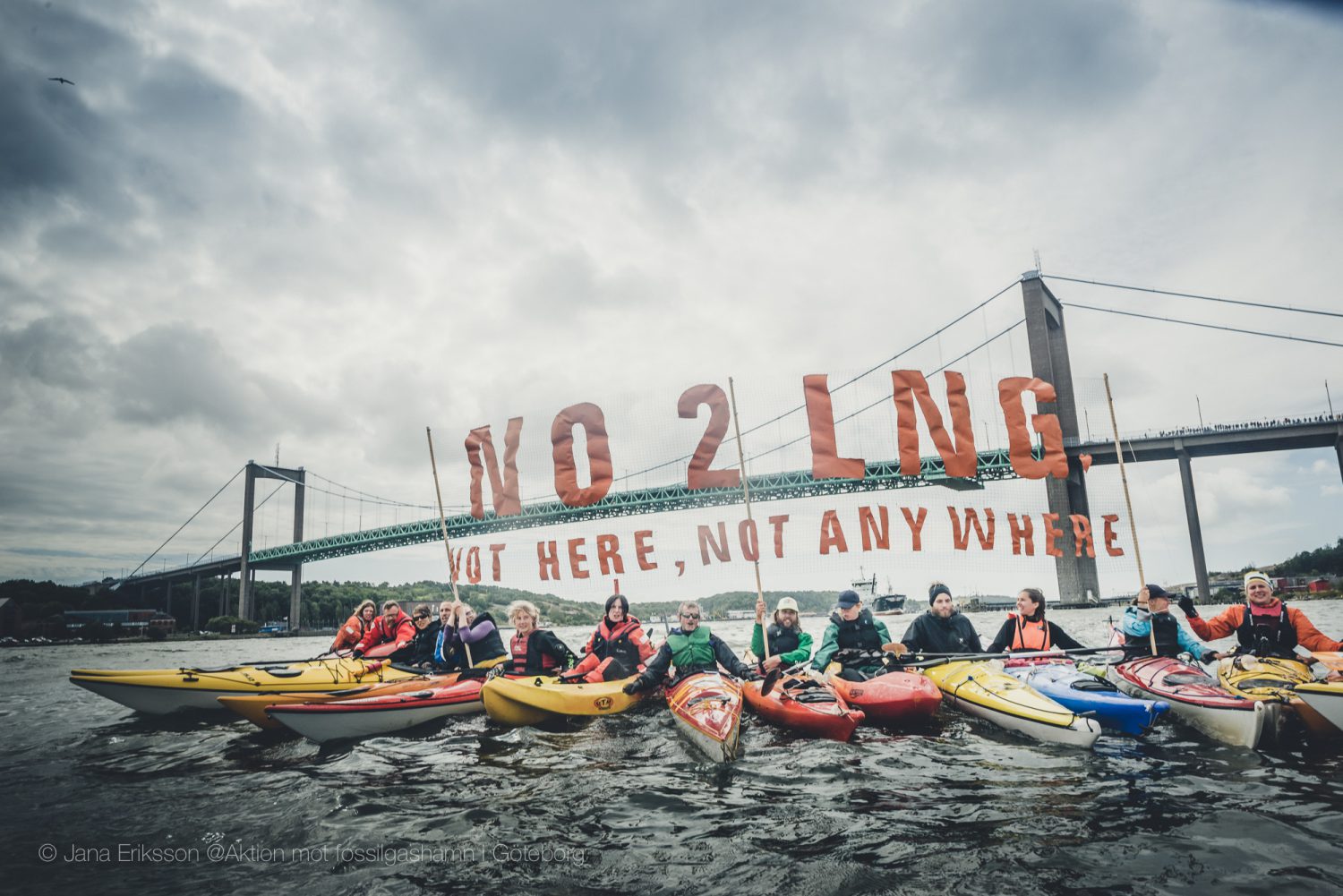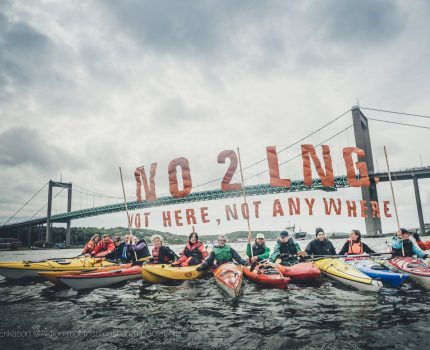On Friday 24 September 2021, at Gustav Adolfs Torg, a cobbled square in the centre of Gothenburg used as a meeting point for demonstrations, I stood amongst a crowd of people of all ages, with dance beats blaring from a large speaker and a sea of placards aloft in the air. The event, a FridaysForFuture (FFF) protest, a youth-led movement determined to draw the world’s attention to anthropogenic climate change (You can hear more about the experience that day in a podcast we made here) had drawn me in temporarily, but what about the long game?
Most of us present that day were there to show our support for the movement collectively. Some of the people I spoke to had seen the event advertised on FFF’s homepage or Facebook and had used their digital presence to connect online and meet in person. I became aware of the event through a friend, which propelled me to go online and look at FFF’s pages where I found out more detailed explanations of the issues the protest was going to address and practical details, like the scheduling of the event. Standing there, with around 100-150 people all showing our support, I wondered how effective this type of engagement would be in creating “real” change.
“The first stage in a potentially long journey”1
Zeynep Tufekci (2017), in her book Twitter and Tear Gas, uses the term “networked era” to describe the connectedness of people today through digital technology. Tufekci doesn’t deny the effectiveness of digital tools in organising and mobilising large numbers of people, far from it. But she does question the longevity and collective decision-making capabilities compared to traditional organising tasks. For Tufekci, these “new” digital tools should not be seen as a “chief outcome of previous capacity building by a movement” but rather “the first stage in a potentially long journey.”
“Long journey”. Really? Let’s look at a couple of protests that made the headlines in Sweden and the UK, both of which utilised the power of digital advocacy in the “networked era” to change government policy.
Digital advocacy and government turnarounds
In October 2019, grassroots activists in Sweden won a fight against the construction of a new fossil gas terminal in Gothenburg, resulting in the Swedish government denying the final permit on climate grounds. The victory came after two years of local organising, spearheaded by a local grassroots group Fossilgasfällan (the fossil gas trap), digital activism, and several organised acts of civil disobedience action. The final protest took place in September 2019 when hundreds of people blocked the energy harbour and Fossil Gas Terminal in protest.
Two years isn’t a great deal of time but highlights that change doesn’t happen overnight. In 2017, the movement used social media sites like Facebook, Twitter, and Instagram to disseminate information about the adverse effects of the proposed gas terminal infrastructure. They recorded interviews with leaders from other international groups protesting fossil gas use and built a solid supporter base. The government policy turnaround directly contrasted the prevailing EU narrative that gas must be a transition fuel on the path to decarbonisation.
Impressive, right?!

In 2020, on the other side of the North Sea, in the UK, Manchester United football star, Marcus Rashford, used his celebrity status to demand a meal a day to all school pupils in need.
Addressing child food poverty in England, Rashford made video recordings and used his social media channels to call for a review of the free school meals system, saying the government was too slow to put measures in place when coronavirus hit. Boris Johnson, the UK prime minister, was forced to retreat from an earlier rejection of food vouchers and announced a new £120m “covid summer food fund” for 1.3 million pupils in England.

So, what do you think? Can digital activism “go it alone” or does it require a concerted effort from all sides? Is it merely a “starting point” for a much longer journey to change? Or should digital advocacy organizations, like Nina Hall and Phil Ireland contest, “distribute their work, have a centralized plan, and combine digital campaigning with offline actions(?)2
References:
- Tufekci, Z. 2017: Twitter and Tear Gas-The Power and Fragility of Networked Protest. New Haven, CT: Yale University Press
- Hall, Nina & Ireland Phil. 2020: Innovation and adaption in advocacy organisations throughout the digital eras. Journal of Information Technology & Politics 2020
.

